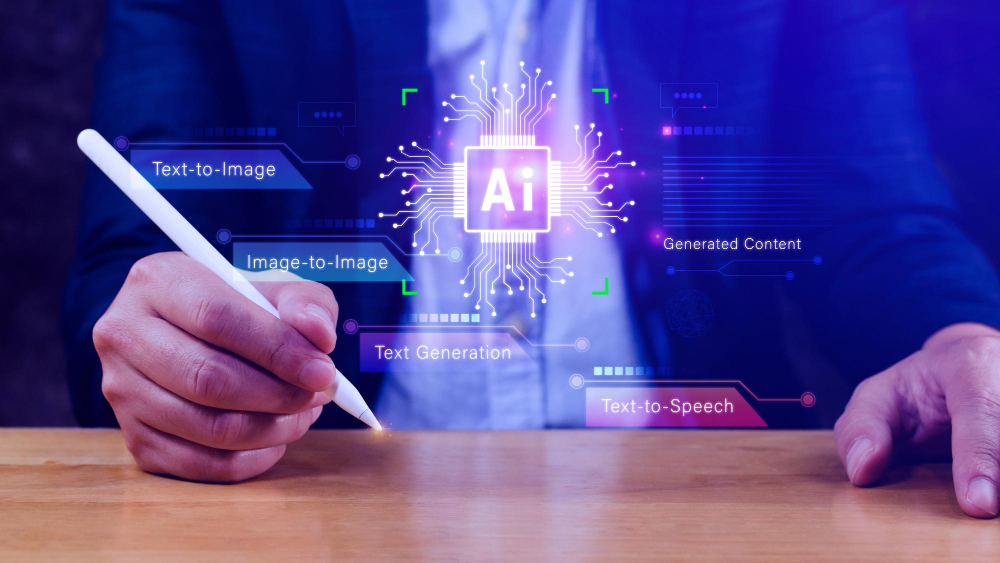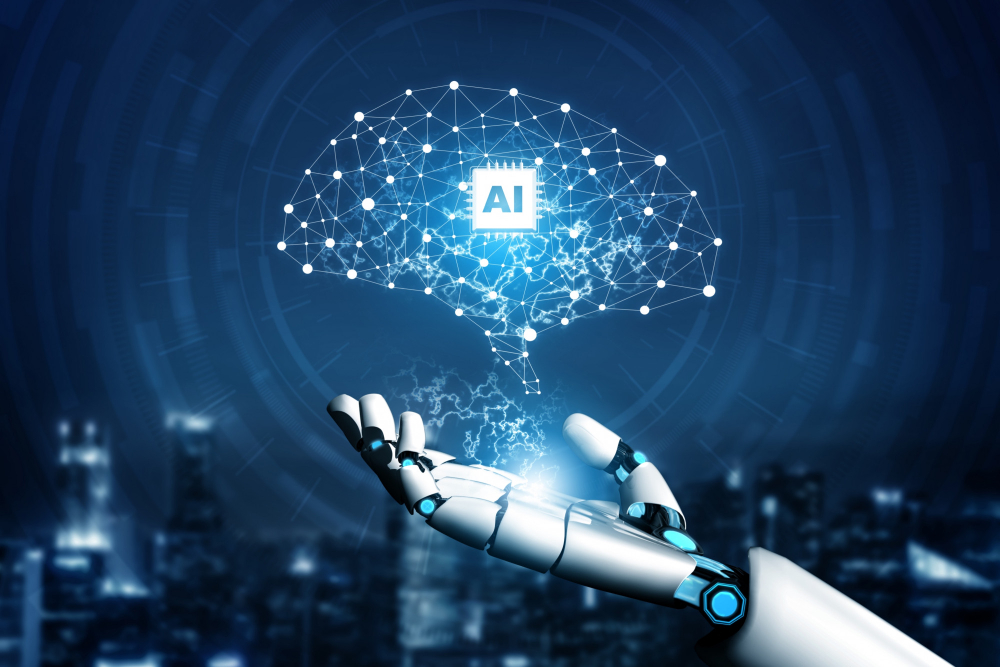Over the years, the software development landscape has undergone significant changes with the advent of the agile approach. Prior to the agile methodology, software releases occurred on a monthly or bi-monthly basis. However, with the adoption of agile practices, the frequency of app releases has increased to weekly, bi-weekly, or even daily. To keep pace with this accelerated release cycle, the development of continuous testing and automation suites for sanity and regression testing became essential.
In this context, the emergence of AI-powered testing has played a pivotal role in enabling faster deliveries and accelerating testing cycles. This innovative approach harnesses the power of artificial intelligence to enhance quality assurance and testing processes. Before delving into the impact of AI on quality assurance and testing, it is important to understand what AI in quality assurance entails and why it holds crucial significance for organizations like yours.
Why is AI Important in Quality Assurance?
AI has emerged as a transformative technology with significant potential and benefits in various industries, including quality assurance. It plays a crucial role in streamlining the software development lifecycle and ensuring system or software quality through automation and optimized processes.
Challenges Addressed by AI in Quality Assurance
Manual quality testing is prone to subjective biases, leading to increased risks of human errors, higher costs, and longer timeframes. These challenges become more pronounced when dealing with applications developed for multiple platforms.
Benefits of AI in Quality Assurance
AI offers several advantages in quality assurance:
- Automation: AI enables the testing process to be accelerated without human intervention. It can predict client behavior, detect fraud that may go undetected by traditional tests, and assist in targeted marketing by replicating manual activities.
- Enhanced Efficiency: By eliminating test coverage overlaps and optimizing test automation, AI improves efficiency and reduces time and effort. It also enhances agility and predictability through self-learning algorithms.
Industry Outlook
According to Gartner’s Competitive Landscape Application Testing Services report by Susanne Matson (published on September 25, 2019), intelligent automation in application testing services is projected to generate an additional 20% cost savings by 2021 compared to current capabilities.
Role of AI in Quality Assurance
AI plays a vital role in making quality assurance processes more efficient and effective. It encompasses various aspects, such as creating test data sets, ensuring comprehensive test coverage, and accelerating the release process for faster time to market.
Applications of AI in Quality Assurance
Organizations can leverage AI in quality assurance through:
- AI-powered visual verification: AI algorithms can perform visual inspections, providing diverse outcomes and ensuring accurate results.
- Fraud detection: AI can identify fraudulent patterns or behavior that might be missed by traditional functional tests, improving security and reliability.
- Targeted marketing: By simulating manual activities, AI can assist in targeted marketing efforts, optimizing campaigns and improving customer engagement.
- Test automation optimization: AI eliminates overlaps in test coverage, identifies redundant test cases, and improves the efficiency and accuracy of automated testing.
Future Prospects
As AI continues to advance, the role of AI in quality assurance will expand. Testers can expect increased efficiency in creating, executing, and analyzing software test cases. Additionally, AI will enable easier identification of controls and the correlation between defects and software components, further improving the effectiveness of quality assurance processes.
Significance of Artificial Intelligence in Quality Assurance
Artificial Intelligence (AI) plays a crucial role in enhancing the effectiveness of Quality Assurance (QA) processes. By implementing AI techniques, QA processes can become more streamlined and efficient. AI offers various benefits in QA, such as reducing testing time, ensuring comprehensive test coverage, focusing on critical defect areas, and expediting the release cycle for faster time to market. AI-powered testing tools enable automated tests with visual verifications, yielding a wide range of outcomes. Organizations are already leveraging AI for tasks like image-based testing, AI spidering, API testing monitoring, and automated testing. As AI becomes more pervasive, testers will find it easier and more efficient to create, execute, and analyze software test cases without the need for constant manual updates. Furthermore, they will be able to identify controls and establish connections between defects and software components more readily than ever before.
AI in Quality Assurance: Key Development Steps
Here are the five essential steps for developing AI in quality assurance:
Phase 1: Pilot and Data Annotation
In this phase, the QA team defines the testing objectives and scope. They collect the necessary data and choose appropriate testing methods based on the project’s requirements and the AI models and algorithms being used. The data collected should meet high-quality standards to ensure effective model training.
Phase 2: Test and Validate
During this phase, the QA team develops test algorithms and selects a subset of the training data for validation. They evaluate the algorithm’s performance by running tests with the data, observing data behavior, and verifying the accuracy and consistency of the predictive results generated by the AI model.
Phase 3: Scaled Deployment to Production
Once the AI model has been tested and validated, it is ready for deployment to production. The QA team scales up the deployment process, ensuring that the model integrates smoothly into the existing quality assurance systems. This phase involves fine-tuning the model’s performance, optimizing its efficiency, and addressing any potential issues that may arise during deployment.
Phase 4: Retraining
Continuous improvement is crucial for AI models in quality assurance. In this phase, the QA team focuses on retraining the machine learning model or enhancing its capabilities based on the latest features and requirements. Regular retraining ensures that the AI model stays up to date, provides accurate results, and maintains its overall quality.
In conclusion, the integration of Artificial Intelligence (AI) in Quality Assurance (QA) has revolutionized the testing landscape. AI-powered testing tools offer automation, efficiency, and accuracy, addressing the challenges of manual testing. By following the key development steps of piloting, data annotation, testing and validation, scaled deployment to production, and retraining, organizations can harness the full potential of AI in QA. AI not only enhances testing processes but also enables faster time to market, improved test coverage, and better identification of defects. As AI continues to evolve, it holds great promise for the future of quality assurance, empowering testers with more efficient and effective tools for ensuring software quality.



